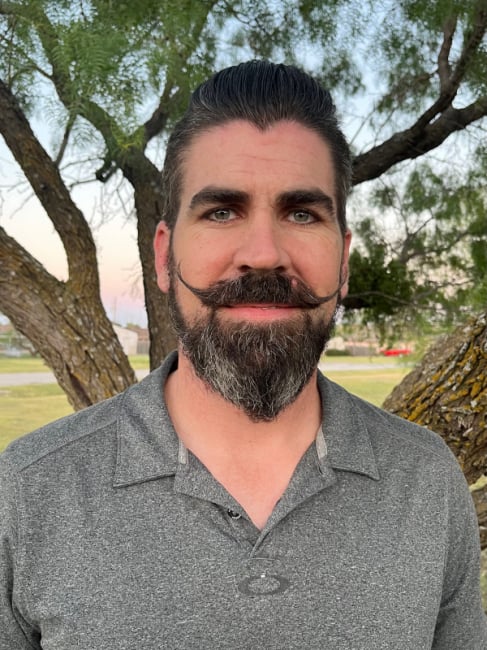Days two and three at Big 3 Racing were filled with progress and challenges. In the previous update, we began with our rolling chassis and installed our Late Model Engines-built L8T, Whipple supercharger, ATI transmissions, and Strange Engineering Fabricated 9-inch rearend. Although a good amount of progress was made on day one, we must continue pushing forward to achieve our goal of finishing Project 899 in just nine days.
?si=m7ssQmdTXeqE-eku
The main focus of day two was the front end of the car, specifically headers, accessory drive, and front suspension. Rick began installing the Hooker Blackheart 1-7/8-inch stainless steel headers and immediately saw that the new Flaming River power steering rack we installed was occupying some of the same space that the driver-side header needed. Modifying the header would be necessary to allow room for the steering shaft to attach to the power steering rack. Because the headers are made from quality stainless steel, cutting and re-welding them in order to reroute the primary tubes was no problem. Thanks to Rick’s expertise, the driver-side header was modified to re-route the number 1 and number 3 primary tubes in short order. Once the welds were cooled, Rick installed the header, and we now have plenty of clearance for the steering shaft.
Bob and Jeremy were making quick work of disassembling the old front suspension when Bob saw the new power steering rack was blocking the removal of the lower control arm bolts. In order to remove the bolts in question, we needed to remove the power steering rack which meant the newly installed headers had to come out as well. Once all of that was out of the way, Bob and Jeremy got to work installing new QA1 tubular upper and lower control arms along with QA1 double adjustable coilovers. This front suspension will allow us to control compressions and rebound (extension). This will help us dial in how quickly the car transfers weight to the rear at launch and keep Project 899 from doing wheelies.
With the power steering rack, front suspension, and headers all installed we could then lower the car and work on getting parts installed in the engine bay. Bolting an engine into a car is the easy part. Once it’s bolted to the frame rails, installing and attaching everything else that’s needed for an engine to run consumes a lot of time. To run all of our accessories and spin the Whipple supercharger we installed a beautiful accessory drive setup from Wegner Automotive.
This accessory drive comes complete with a water pump, power steering pump, A/C compressor, alternator, belt tensioner, and idler pulleys. If you plan on putting a Whipple supercharger on your LT project, the Wegner accessory drive is the only way to go. One issue we ran into on our Camaro was that once we had the accessory drive completely installed, the belt was rubbing against the passenger-side upper control arm. However, since our Camaro will not be running A/C, we made a call to Wegner and ordered its A/C delete kit. The delete kit is a bracket and idler pulley that attaches in place of the A/C compressor. With this installed, we have plenty of clearance between the belt and the upper control arm.
Continuing in the engine bay, we installed the Be Cool radiator with no issues. Rick fabricated our radiator lines using mandrel bends from Summit Racing. Fabricating these lines creates a much nicer-looking install that custom fits perfectly to our application. On the subject of custom fit, Chuck made great progress on the wiring of the car on days two and three. He made custom panels that are mounted under the dash so that all of the fuses, relays, and Holley Dominator ECU can be secured in one location.
Meanwhile, Rick moved on to finishing the installation of our Strange rearend once we had received new mounting plates for the Caltrac bars. Bob wrapped up the front suspension by installing the Strange brakes on CPP lowering spindles. It’s only day three on Project 899 and the camaraderie and determination of the team are evident. Challenges and setbacks are met with problem-solving and adaptability. The project so far has demonstrated the intricate and iterative nature of custom car builds, where tasks often overlap and require adjustments due to evolving circumstances. The team is doing a great job and pushing forward with determination. You’ll have to stay tuned to see if we can get the Camaro fired up by day nine.






























